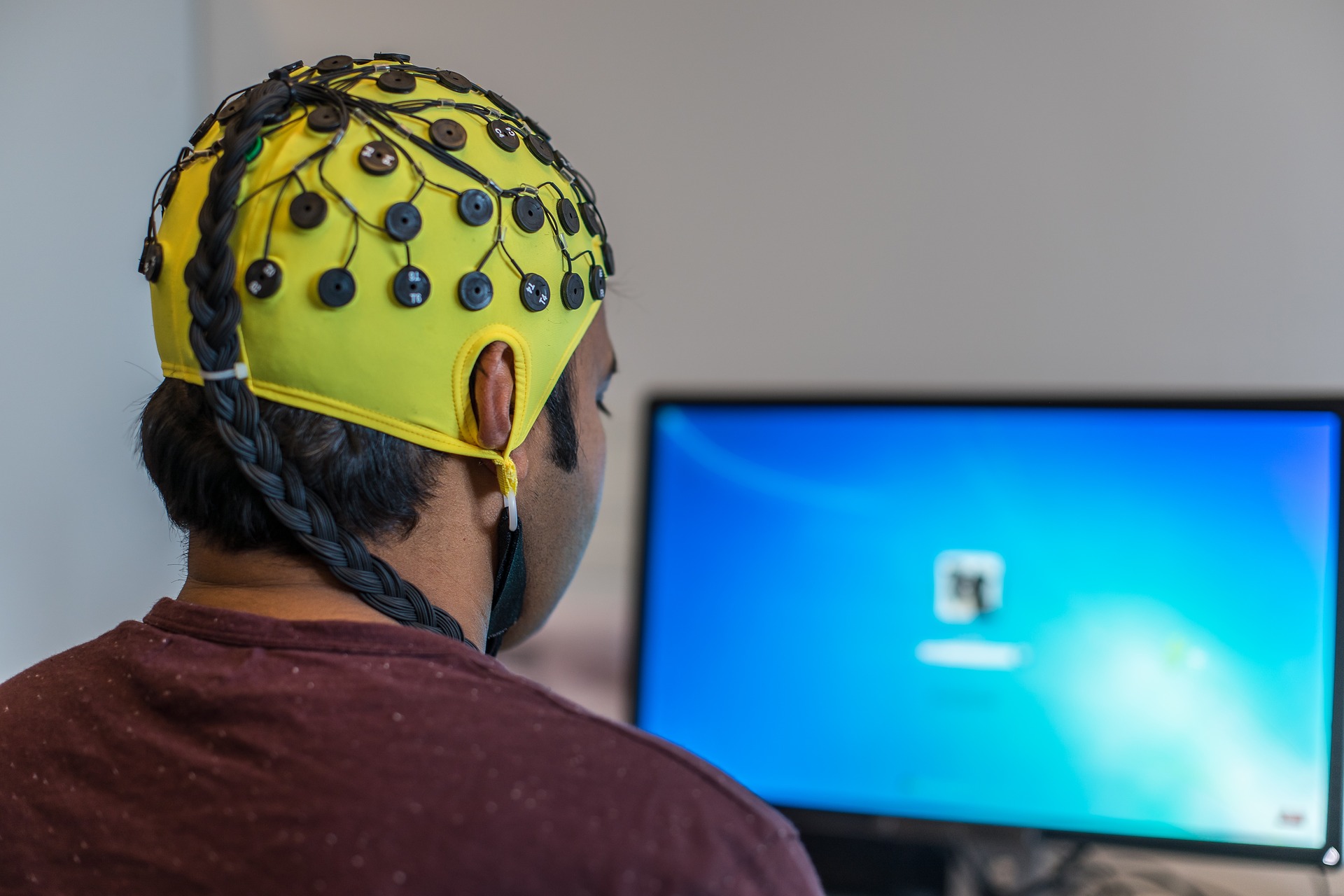Utilizing the Power of Bio-Feedback to Revolutionize Persistent Pain Control and Improve Quality of Living
Utilizing the Power of Bio-Feedback to Revolutionize Persistent Pain Control and Improve Quality of Living
Blog Article
Chronic discomfort is a condition that affects millions of individuals around the globe. It can be caused by various elements, including traumas, illnesses, or even anxiety. For many individuals, managing chronic pain can be a constant challenge that affects their quality of life. Conventional treatments often include medications, physiotherapeutic therapy, and occasionally surgery. However, these methods do not always provide the relief that patients seek. Lately, biofeedback has emerged as a promising option for controlling chronic pain and enhancing overall well-being.
Biofeedback is a technique that educates individuals how to manage certain bodily functions by using signals from their own bodies. This approach involves employing sensors that monitor physiological responses such as heart rate, muscle tension, and skin temperature. By providing real-time feedback, individuals can learn to recognize their body's reactions to pain and stress. This awareness allows them to formulate strategies to handle their pain more effectively. For example, if a person observes that their muscle tension increases when they are in pain, they can utilize relaxation techniques to help reduce that tension.
One of the key advantages of biofeedback is that it enables individuals to take an proactive role in their pain management. Instead of relying solely on drugs or treatments from medical providers, individuals their explanation can gain to understand and control their own bodies. This feeling of control can lead to enhanced confidence and a more positive outlook on life. Many patients indicate feeling more in control of their pain and less like sufferers of their condition. This change in perspective can significantly improve their quality of life.
Research has demonstrated that biofeedback can be effective in alleviating chronic pain indicators. Research suggest that individuals who use biofeedback techniques often experience less pain and improved physical function. Additionally, biofeedback can help reduce anxiety and stress, which are frequent concerns for those dealing with chronic pain. By addressing both the physical and psychological aspects of pain, biofeedback provides a comprehensive approach to pain control. This integrated method can lead to superior outcomes for individuals, allowing them to participate more fully in their daily activities.
In conclusion, biofeedback is a valuable tool for revolutionizing chronic pain control. By teaching individuals to understand and control their physiological responses, biofeedback empowers patients to take charge of their pain. This method not only helps alleviate pain but also improves overall standard of life. As more people seek alternatives to conventional pain control methods, biofeedback emerges as a promising solution. With continued investigation and recognition, biofeedback could become an essential part of chronic pain treatment, helping patients lead more fulfilling, more satisfying lives.